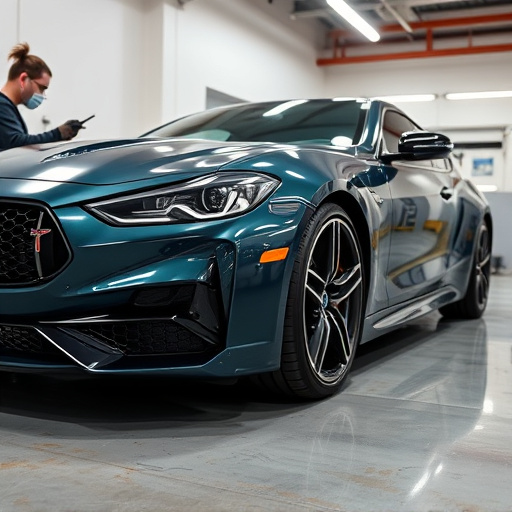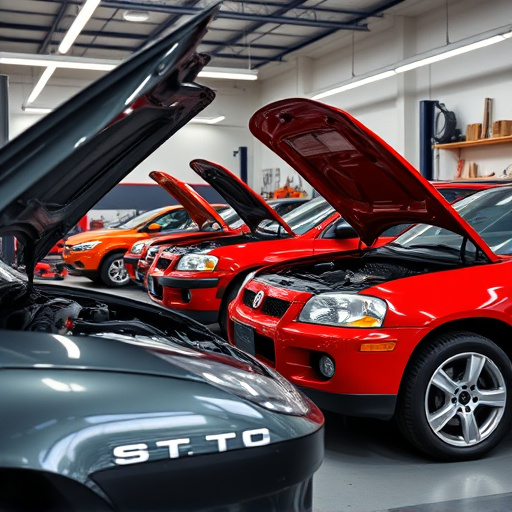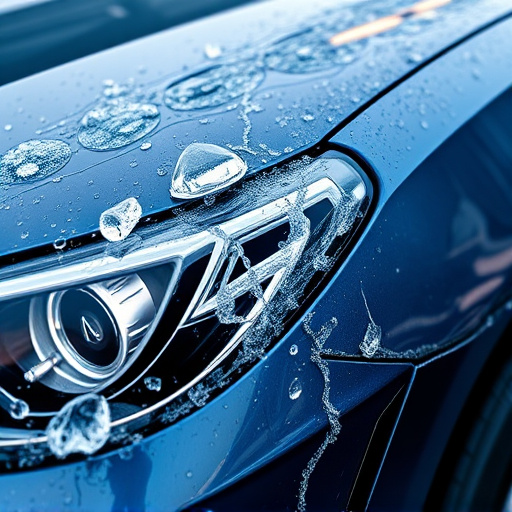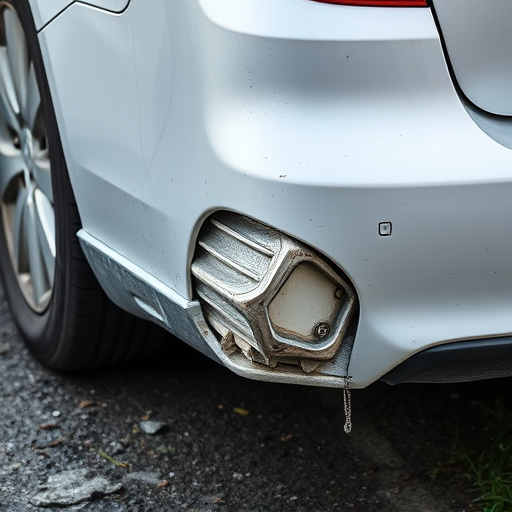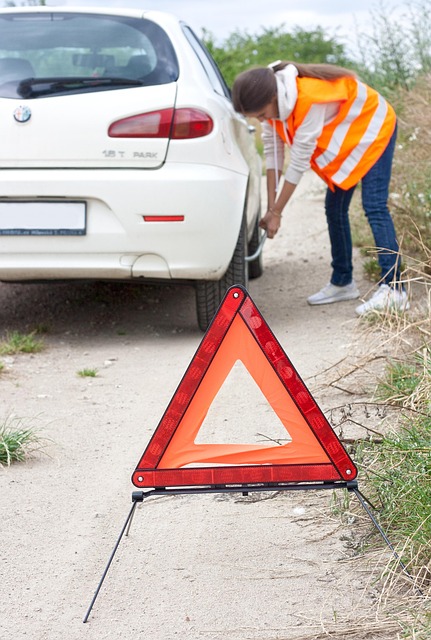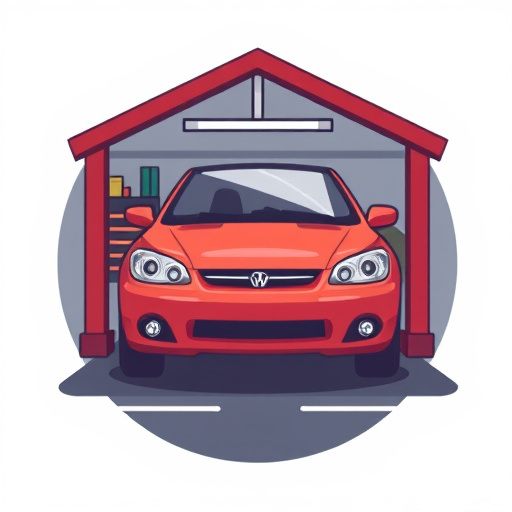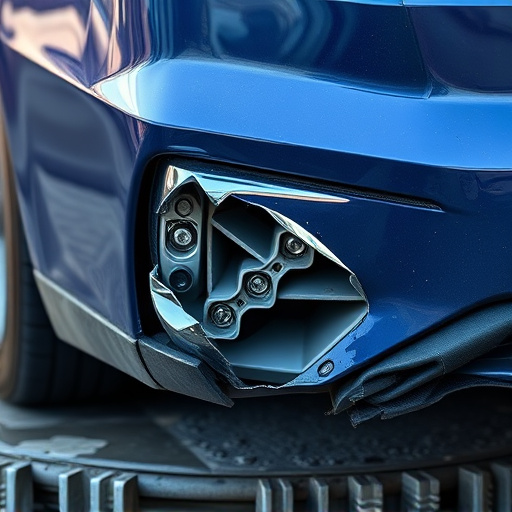By 2025, PDR (Paintless Dent Repair) technicians remain indispensable in the evolving automotive industry, leveraging advanced tools like computer-aided design software and robotic systems for precise, efficient, and less intrusive auto body repairs. Technological advancements since 2020, including AI-powered software and digital solutions, have revolutionized dent repair, enhancing customer satisfaction while reducing costs and downtime compared to traditional methods. PDR technicians continue to adapt to modern demands, ensuring their crucial role in the collision repair industry.
In 2025, amidst a landscape dominated by advanced technology, PDR technician services remain indispensable. This article delves into the evolution of Paintless Damage Repair (PDR), highlighting its adaptation to technological changes and new tools since 2020. We explore the critical role PDR technicians play in modern auto repair shops, contributing to efficiency, handling complex damage, and offering expertise. Despite automation, customers still value human interaction for delicate repairs, emphasizing the unchanging power of personalized service and trust built through after-sales support.
- The Evolution of PDR: Adapting to Technological Changes
- – Exploring the impact of technology on PDR services over time
- – Discussing new tools and techniques that have emerged since 2020
The Evolution of PDR: Adapting to Technological Changes

The automotive industry’s relentless march towards technological advancement has reshaped many sectors, yet the role of PDR (Paintless Dent Repair) technicians remains as vital as ever in 2025. While new technologies have streamlined autobody repairs, collision repair shops still heavily rely on skilled professionals to perform precise and effective PDR. This evolution is not about replacing human expertise but enhancing it.
Modern tools and equipment have simplified certain aspects of vehicle collision repair, making processes faster and more efficient. However, the intricate art of PDR demands a technician’s keen eye and dexterity. They masterfully manipulate specialized tools to remove dents without painting, preserving the vehicle’s original finish. As technology continues to advance, PDR technicians adapt, embracing innovations that improve their techniques and the overall customer experience in collision repair shops.
– Exploring the impact of technology on PDR services over time

The evolution of technology has undoubtedly left its mark on various industries, and the PDR (Paintless Dent Repair) technician services are no exception. Over the years, as digital innovations have surged, many anticipated the potential decline of manual PDR techniques. However, the reality is that while technology has introduced new tools and methods, it has also enhanced and expanded the capabilities of PDR technicians rather than replaced them entirely.
Advanced technologies like specialized equipment, computer-aided design software, and robotic systems have enabled PDR technicians to deliver more precise and efficient auto repair services, particularly in the realm of car body repair and damage restoration. These tools allow for intricate manipulations and repairs that were once time-consuming or even impossible. With ongoing advancements, PDR technicians can now tackle a broader spectrum of car damage repair, ensuring vehicles return to their pre-incident condition while reducing the overall cost and downtime associated with traditional auto repair services.
– Discussing new tools and techniques that have emerged since 2020

Since 2020, the PDR (Paintless Dent Repair) technician landscape has seen significant advancements and innovations in tools and techniques. Newer technologies like advanced vacuum systems, precision-engineered tools, and AI-driven software have transformed how these professionals address vehicle dent repairs. These improvements allow for quicker, more accurate, and less invasive autobody repairs, enhancing the overall customer experience.
Additionally, the integration of digital solutions has streamlined the process. Online scheduling platforms, digital insurance claims processing, and virtual consultations have made it easier for PDR technicians to connect with clients and streamline their services. These developments ensure that even in 2025, PDR technician services remain relevant and efficient in the automotive collision repair industry, catering to modern demands and expectations.
Despite technological advancements, PDR technician services remain indispensable in 2025. The evolution of PDR has shown a remarkable ability to adapt, incorporating new tools like advanced diagnostic software and efficient online communication platforms since 2020. While some predict the potential decline of physical repair services, the intricate nature of modern vehicle systems ensures ongoing demand for skilled PDR technicians. Their expertise in diagnosing and repairing complex issues will continue to be vital, ensuring vehicles remain roadworthy and safe. As technology evolves, PDR technicians will play a pivotal role in navigating these changes, providing essential services that cater to the ever-changing automotive landscape.


